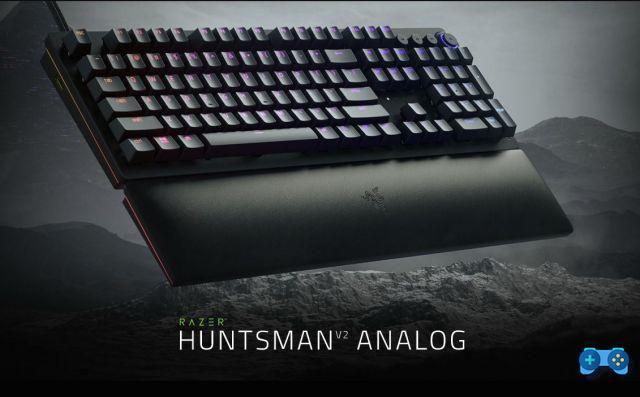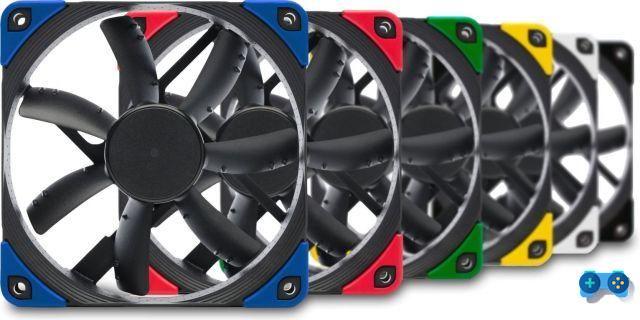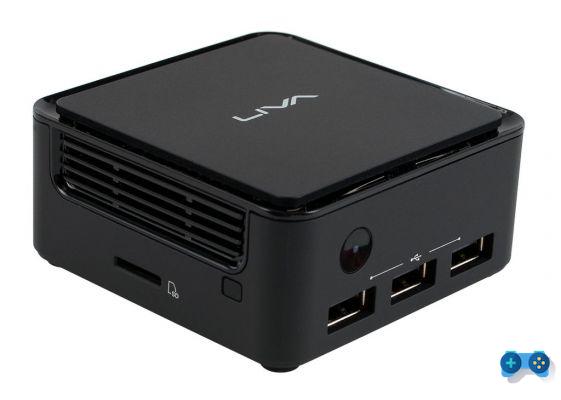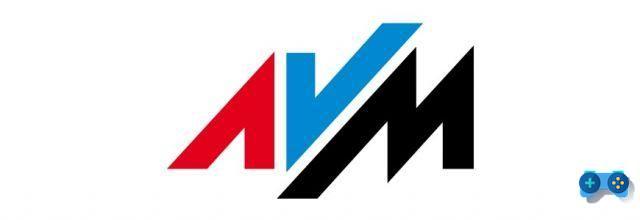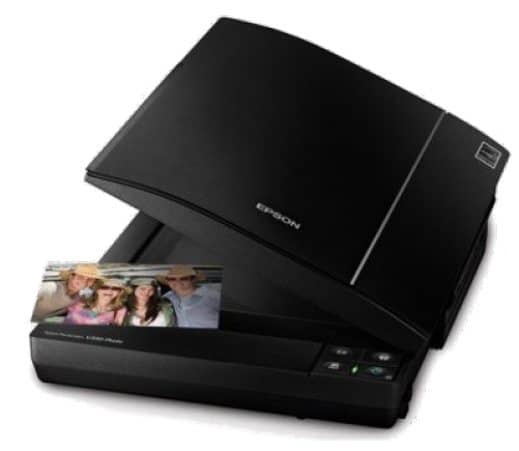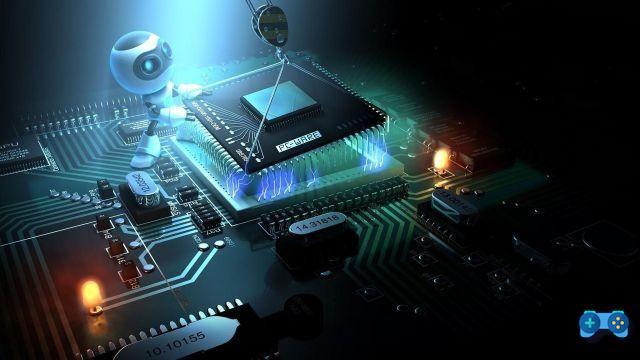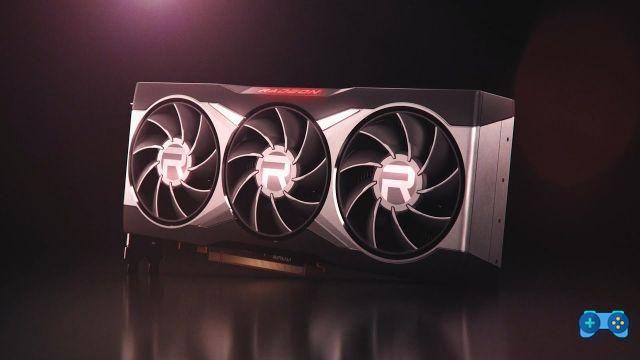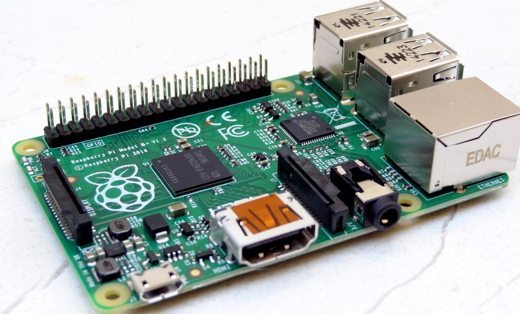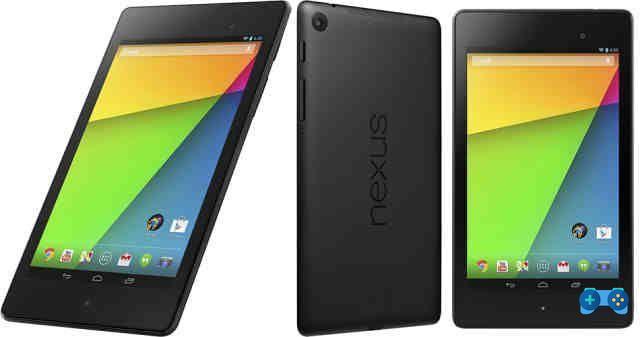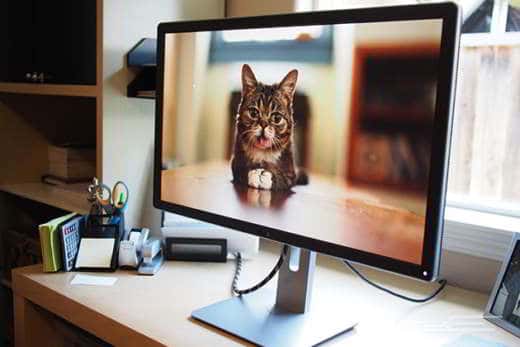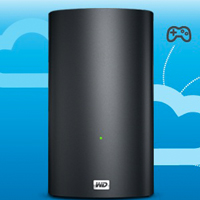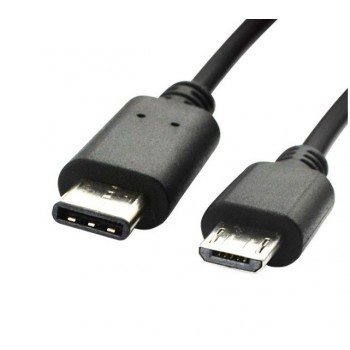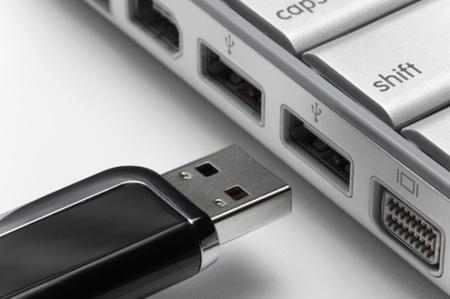Let's see the best offers in the internet key world and if it is really convenient to switch to Mobile.
Recently 2 keys have arrived on the market capable of supporting i 21.6 megabits per second in HSPA (High Speed Packet Access). The two houses are producers respectively Tim e Vodafone and Wind.
Tim ensures coverage of the entire network at this speed unlike Vodafone which offers coverage of 65% of the population. Wind also joined them.
Let's say that today an ADSL line is even more performing than a key, since the 21.6 Megabits in reality must be divided among the users who actually connect and generate traffic at that time.
La internet key it is useful for those who need to surf the net in any place even if the average speed will never be 21.6 Megabit but between 1 and 5 Mbps. More than excellent for surfing, consulting e-mails, responding to customers and carrying out online operations.
In addition, the mobile solution can also be ideal for those offices located in the countries where the control unit is located Telecom it has no optical fiber and therefore has a high risk of congestion, in these cases the ADSL may not even approach 640 kbps during peak hours.
Why is there this disparity between declared speed and real speed? And why does this substantial difference exist with the ADSL line.
To clarify these concepts it is necessary to go step by step. First of all, as regards the ADSL line, each operator activates an ADSL line on the traditional line, for the exclusive use of the user, a 7 o 20 Megabit. Since we are the only ones on the twisted pair used for data transfer, the same speed reaches the exchange, which is connected to the Internet through other broadband. It is only at this point that sharing takes place, because only the latter band is shared between users belonging to the same exchange. However, nine out of ten exchanges are fiber optic connected to the network and therefore the bandwidth there is virtually infinite.
The concept for mobile broadband is different. In this case, sharing begins at the access point and then immediately. Wanting to make a comparison, it is as if the ADSL exchange had only 7 or 20 Mbps to share.
Going in search of precise data on the websites of the operators, we only find the generic Hspa coverage, which now coincides with that of Hmts. Concluding it means that you can swing from 1,8 a 3,6 a 72, Mbps in download (depending on the area). While theupload varies from 384 kbps a 1 a 2 Mbps. Therefore, knowing a priori what cell speed there is in a certain area is impossible.
At the base of the difficulties that limit the spread of internet keys there are 2 factors:
le cell limitations and backhauling (the lack of optimal fiber in almost all cellular antennas).
However, in the next few years we will see how the world of mobile broadband will evolve, hoping to be able to obtain high-performance speeds and lines as soon as possible, we consider that the new mobile broadband technologies LTE e Hspa + they have a higher peak velocity and better spectral efficiency.
Here are some interesting offers made available by the various operators. Obviously the Internet key proposals are many and vary continuously according to the different promotions. For more information and indications, we always refer you to the reference sites of the various operators.
3
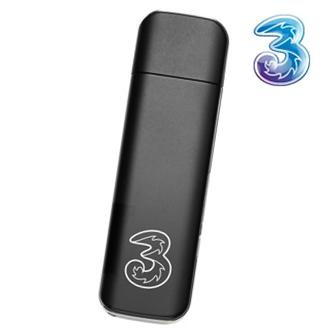
Huawei E122, HSDPA / HSUPA 7,2 / 2 Mbps technology, 30 hours per month (max 7 hours per week) Umts / Hspa for 1 year, cost € 99
Momo MD Mini, 3,6 / 0,384 Mbps HSDPA technology, 30 hours per month (7 hours per week) Umts / Hspa for 6 months, cost € 69
Zte MF627, HSDPA technology 3,6 / 0,384 Mbps, 30 hours per month (7 hours per week) Umts / Hspa for 2 months, cost € 49
Huawei E1550, HSDPA / HSUPA 3,6 / 5,76 Mbps technology, 30 hours per month (max 7 hours per week) Umts / Hspa for 2 months, cost € 49.
TIM
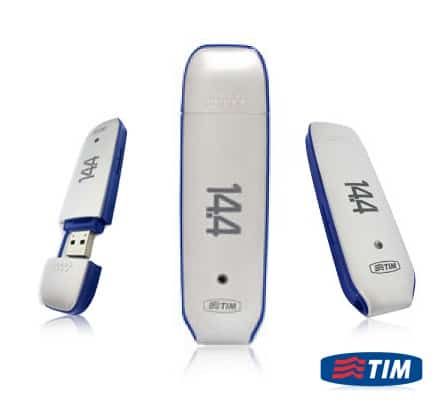
Olivetti Olicard, Onda MT503Hsa, Huawei E1692, Hsdpa technology 7,2 / 0,384 Mbps, 40 hours per month Gprs / Edge / Umts / Hspa for 1 year, plus SIM with 5 euros, cost € 99.
Onda MT825UP 14.5 Mega, Hsdpa technology 14.4 / 5,76 Mbps, 5 hours Gprs / Edge, plus SIM with 5 euros, cost € 89.
VODAFONE

Super Internet Key 28.8 Mega Ready, HSDPA / HSUPA technology 28.8 / 5,76 Mbps, 30 hours Gprs / Edge / Umts Hspa for 3 months, cost € 79.
Vodafone Internet Key 7.2 Mega, HSDPA technology 7,2 / 0,384 Mbps, 30 hours Gprs / Edge / Umts Hspa for 3 months, cost € 29.
WIND
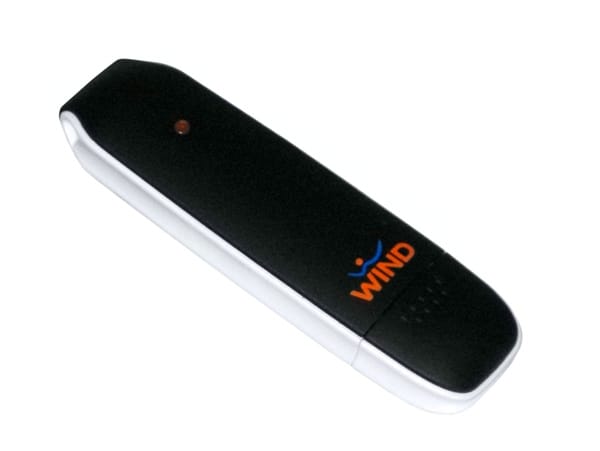
Wave MW833UP 10.2, HSDPA / HSUPA 10.2 / 5,76 Mbps technology, with 5 euro SIM, cost 59 €.
Alcatel X200s, HSDPA technology 7,20 / 0,384 Mbps, with 5 euro Sim, cost 59 €
Alcatel X070s, HSDPA / HSUPA 3,6 / 5,76 Mbps technology, with 5 euro Sim, cost 39 €.
Here are the best Mobile Rates
Wind : Leonardo Mega Unlimited, subscription with key included, unlimited hours, cost € 45 + VAT.
Wind: Mega no Limit, Rechargeable with key included, unlimited hours, cost € 15 + VAT.
Tiscali: Large Mobile Internet, for weekends and data streaming, 12-month subscription, 150 hours a month, cost € 20.
Tim: Maxxi Alice Unlimited, by post, videoconferencing and data streaming, navigation, rechargeable, 400 hours, activation cost 5 euros, pricing in advance every 15 minutes, cost € 35.
Vodafone: Internet Night, Ideal for those who work daily with the internet and do not want any limits, Rechargeable also in subscription version with key included, unlimited hours, cost € 15.
Three: Three Time Large, mail, navigation, videoconferencing and data streaming, Subscription, 300 hours, cost € 19.
For a complete updated and complete information on all the tariff options, I recommend that you refer to the websites of the respective telephone operators.
Hello Fab
Deprecated: Automatic conversion of false to array is deprecated in /home/soultricks.com/htdocs/php/post.php on line 606




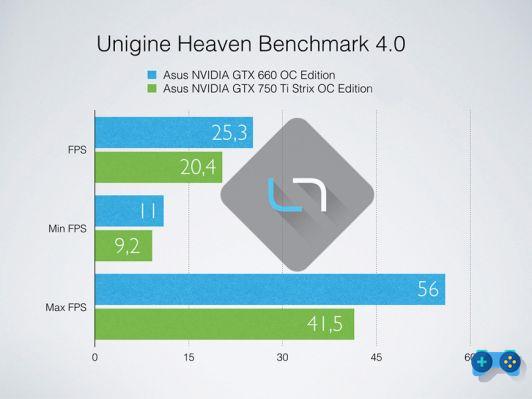

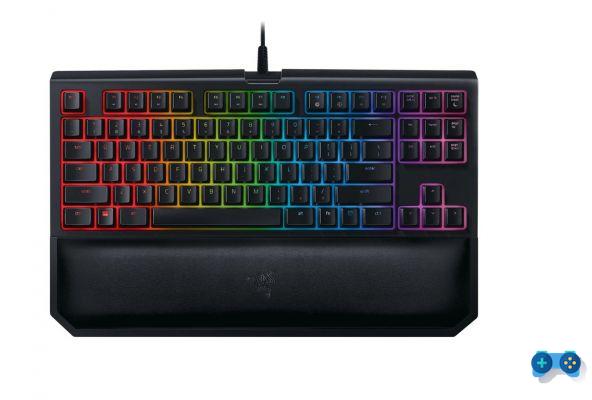
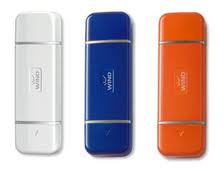
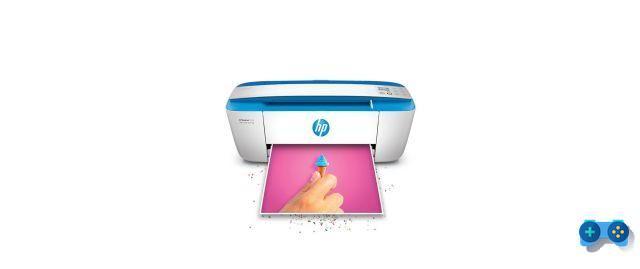
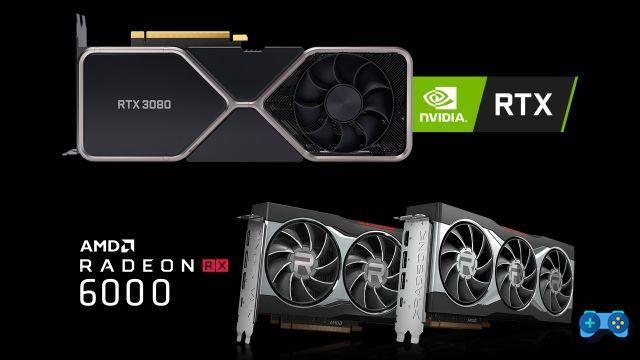
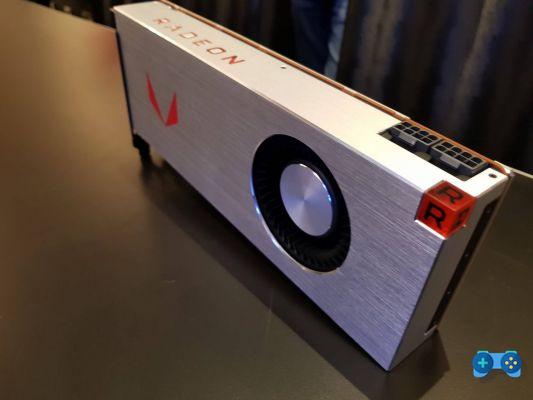
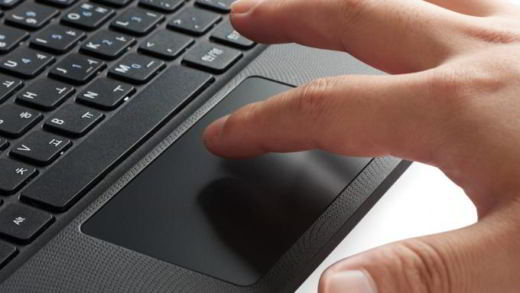
![[Guide] AMD Radeon 6970 bios flash on Radeon 6950](/images/posts/5a4f2e1de64af0ab9157a8720bbd4b54-0.jpg)
